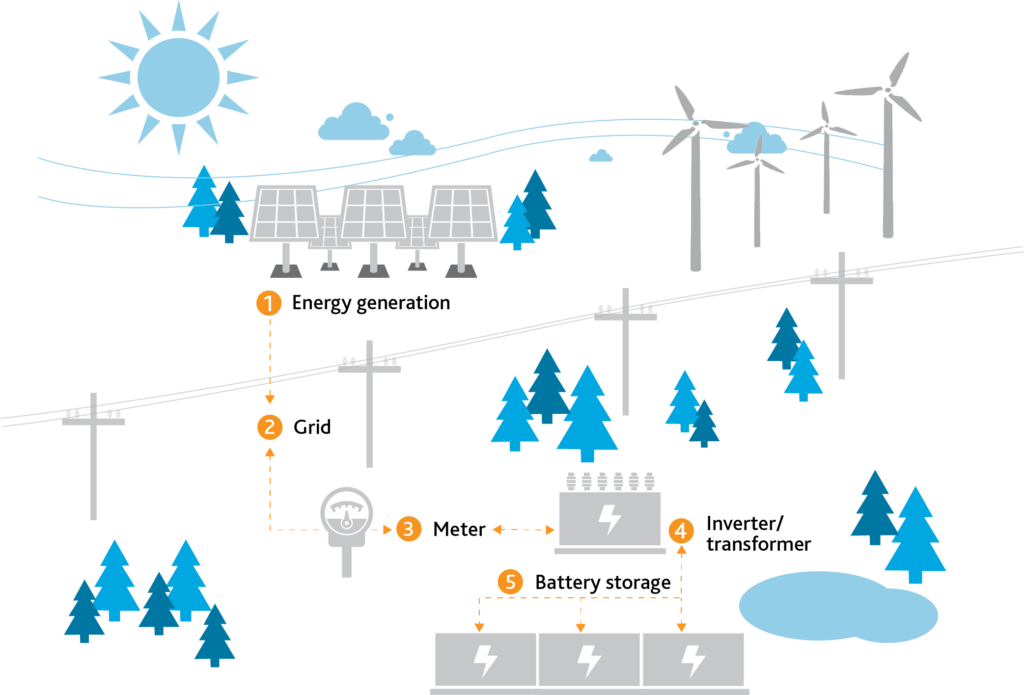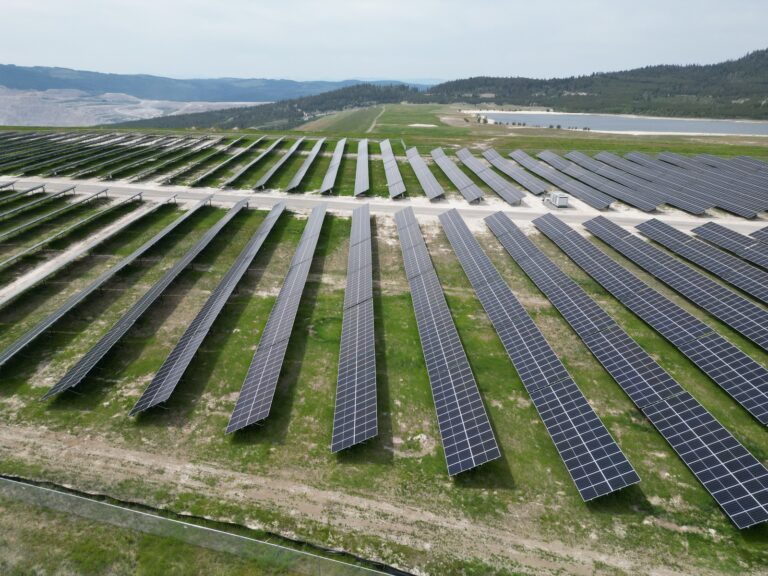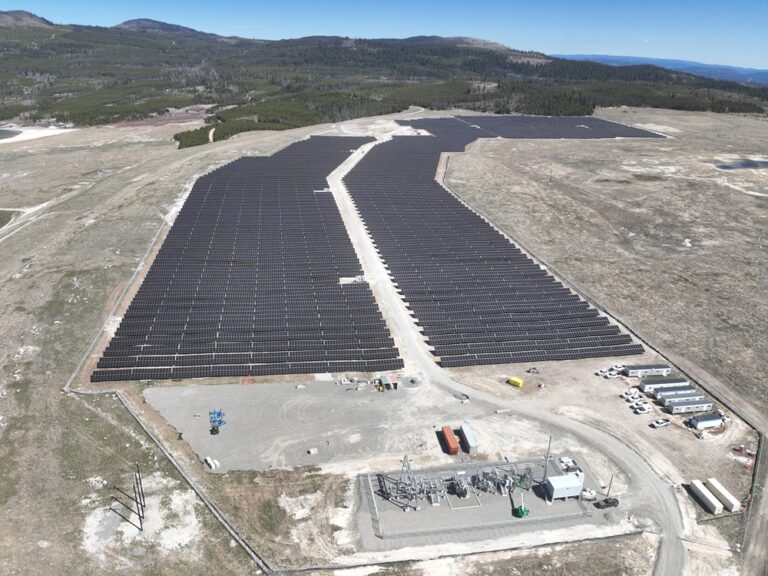Project Location
The Hand Hills Storage Project study area is approximately 3 acres (1.2 hectares), however the actual project footprint is anticipated to be smaller as determined by the final Project layout. The Project is located approximately 11 km from Delia, Alberta and 23 km southwest from Hanna, Alberta.
Project Development
With decades of experience, we have a team of internal experts to take projects from conception and make them a reality. Our team works in close consultation with government agencies and key stakeholders to site, build and operate our facilities responsibly. To learn more about our approach to project development, click here.
The Hand Hills Storage Project is currently in the ‘Technical & Contract Stage’ (Stage 3) of the Alberta Electric System Operator’s (AESO) Behind the Fence Connection Process, and in December 2024 we submitted a regulatory application to the Alberta Utilities Commission (AUC).
Information regarding the AUC review process and how you can participate can be found at www.auc.ab.ca. The earliest construction start date for the Project is anticipated to be early 2026, with commercial operation beginning in late 2026.
The Project has recently completed environmental field work that included sharp-tailed grouse, raptor, and burrowing owl surveys. Information from these field studies have been incorporated into the Project’s design to ensure that impacts to wildlife and wildlife habitat are avoided or minimized.
Other development activities planned this year include:
- Air Quality Dispersion Modelling
- Acoustic Noise Modelling
- Emergency Response Plan Development
- Refining Engineering and Layout Design
- Meeting with the Special Areas 2 Planning and Development Board
- On-going Stakeholder Engagement
Project Infrastructure & Layout
The Project will consist of a battery energy storage system and associated infrastructure including inverters, collector lines, a perimeter fence and access roads. The 10 MW (20 MWh) Project is co-located with the Hand Hills Wind Facility, however it does not directly connect to the wind facility and will operate independent of one another. The location of the Project was strategically selected to minimize environmental and community impacts while maximizing interconnection efficiency by utilizing the existing Highland 572S Substation.
Energy Storage 101
Energy storage provides added flexibility, reliability, and affordability to the grid with its unique ability to capture excess energy that may otherwise be wasted. By storing energy when the price of electricity is low and discharging that energy during periods of high demand, energy storage can reduce costs for utilities and save rate-payers money. The Hand Hills Storage Project (the Project) will connect directly into Alberta’s transmission system allowing the Project to provide fast-response reliability services during times of grid instability.
How it Works

- Energy is generated from sources including wind, solar, natural gas, hydro, nuclear, etc.
- This energy enters the grid.
- The electricity is constantly metered and monitored.
- If there’s more energy supply than demand, energy from the grid is converted from alternating current (AC) to direct current (DC) for storage in the battery system.
- The energy is stored and a management system runs continuously to monitor and control the flow of energy and optimize how batteries are charged/discharged. BluEarth’s Remote Operating Center monitors the status of the storage facility and determines when to charge, store, and discharge energy as required by the electrical grid. When electricity is needed, it flows through the power conversion system (PCS) where it is converted from DC back to AC for distribution, and use in homes and offices.
For more information on the Hand Hills Storage Project, please email us at projects@bluearth.ca or call 1-844-214-2578.
Additional Resources
Frequently Asked Questions
Energy storage is the concept of capturing and retaining energy at one point in time, so that it can be used at another point in time. Energy storage provides reliability and stability to electricity systems by storing surplus energy during off-peak periods of high supply or low usage and providing electricity during critical peak periods.
Energy storage helps balance supply and demand on the electrical grid and can provide the following benefits:
- Cost Savings: Increases the efficiency and capabilities of existing electricity generation and transmission networks.
- Reliability: Improves grid reliability by providing backup power during grid disruptions and other emergencies.
- Flexibility: Energy storage can inject or extract electricity from the grid to exactly match demand patterns. This pairs well with renewable generation sources such as wind and solar.
- Lower Environmental Impacts: Relying on energy storage to regulate the electrical grid allows all generating facilities to operate more efficiently, which can reduce fuel consumption from conventional gas fired facilities.
BluEarth is currently proposing a 10 MW storage project, with a targeted storage duration of two hours. That equates to energy storage capacity of approximately 20 MWh, which is enough to power approximately 5,000 homes in Alberta for two hours.
The exact number of battery containers is still being determined and is contingent on the supplier and site layout. Our preliminary estimates assume six containers. The proposed battery structures are similar to a sea can, and the dimensions are roughly 8 meters long x 2.5 meters tall x 3.5 meters wide.
Batteries used in energy storage last approximately 20 years, or 7,300 cycles of charging. As the battery ages, the performance will gradually decline with time and based on the frequency with which it charges, similar to batteries used in everyday electronics such as your smartphone. To compensate for this aging process, batteries can be replaced or additional batteries can be added to a storage project in order to maintain overall storage capacity.
Once the storage facility has reached the end of its usable life, the facility will be decommissioned. Decommissioning includes de-energizing the facility, removing all above ground equipment and structures, and restoring the land to its prior condition. At the end of a battery’s useful life, up to 95% of the battery can be recycled for use in new batteries.
The Project will be required to meet the noise regulations of the province, which is 40 dBA at night and 50 dBA in the daytime. The final layout configuration will be determined by evaluating predicted noise levels at nearby receptors in order to ensure the project complies with the prescribed limits.
American Clean Power has compiled a document which covers many common questions about energy storage related to safety.




